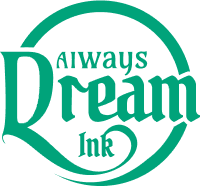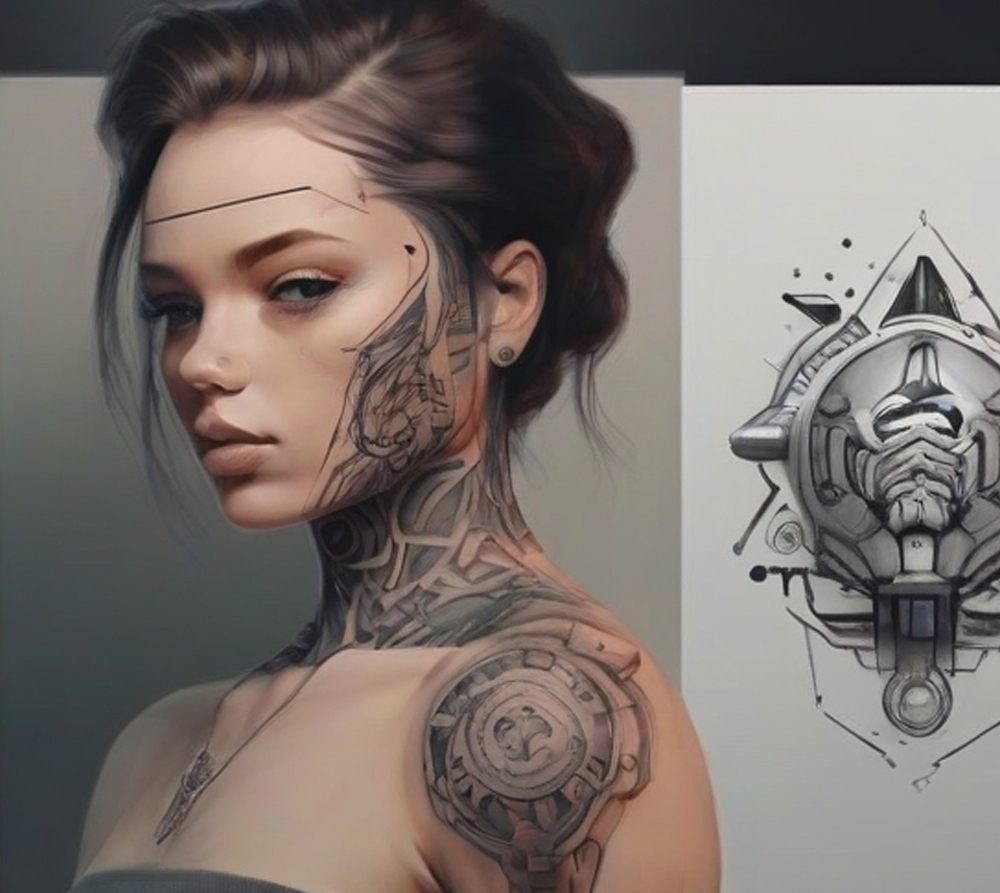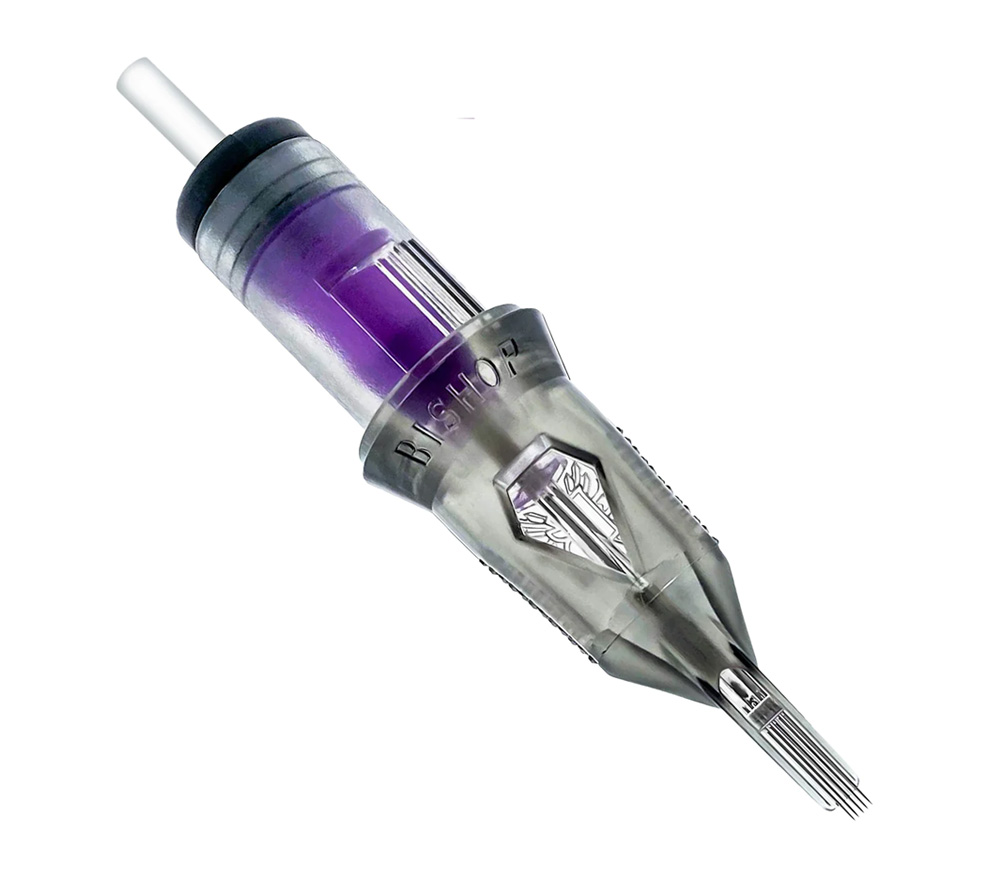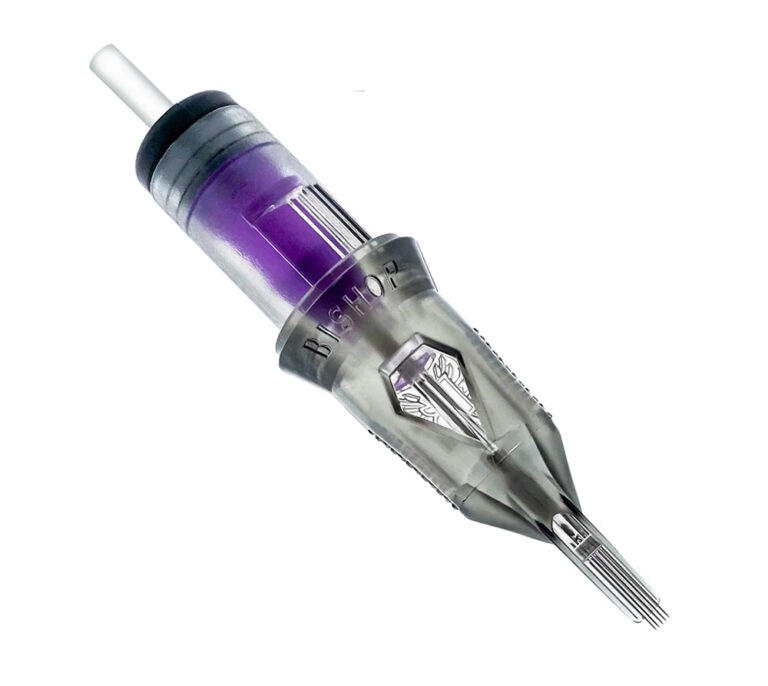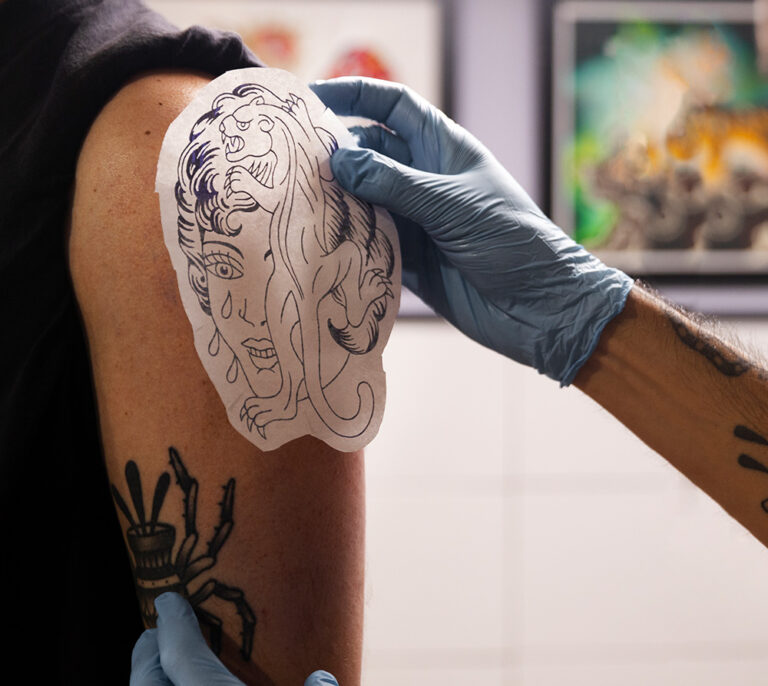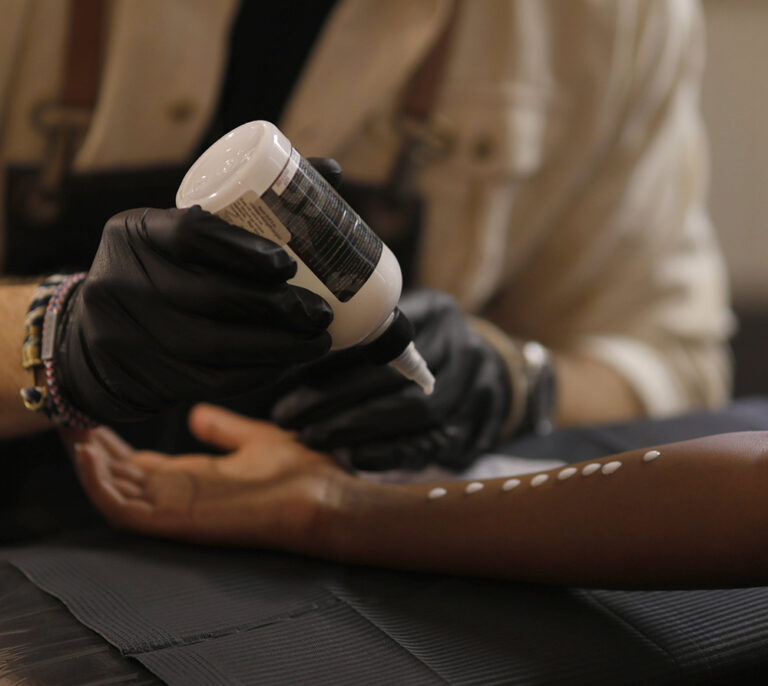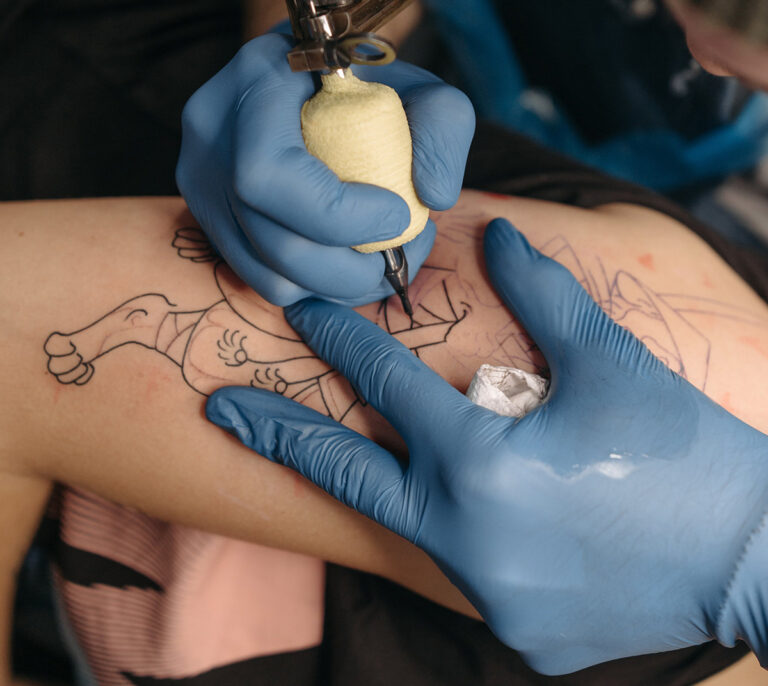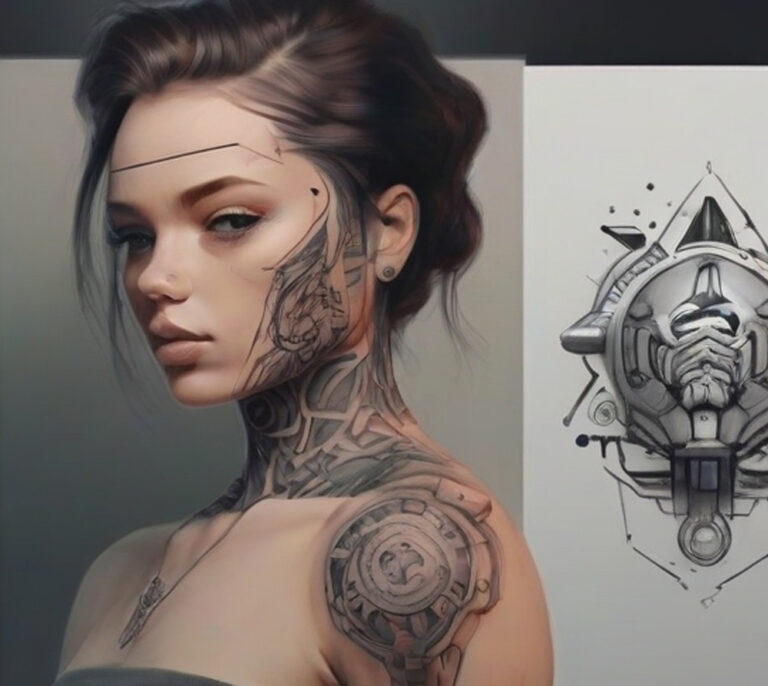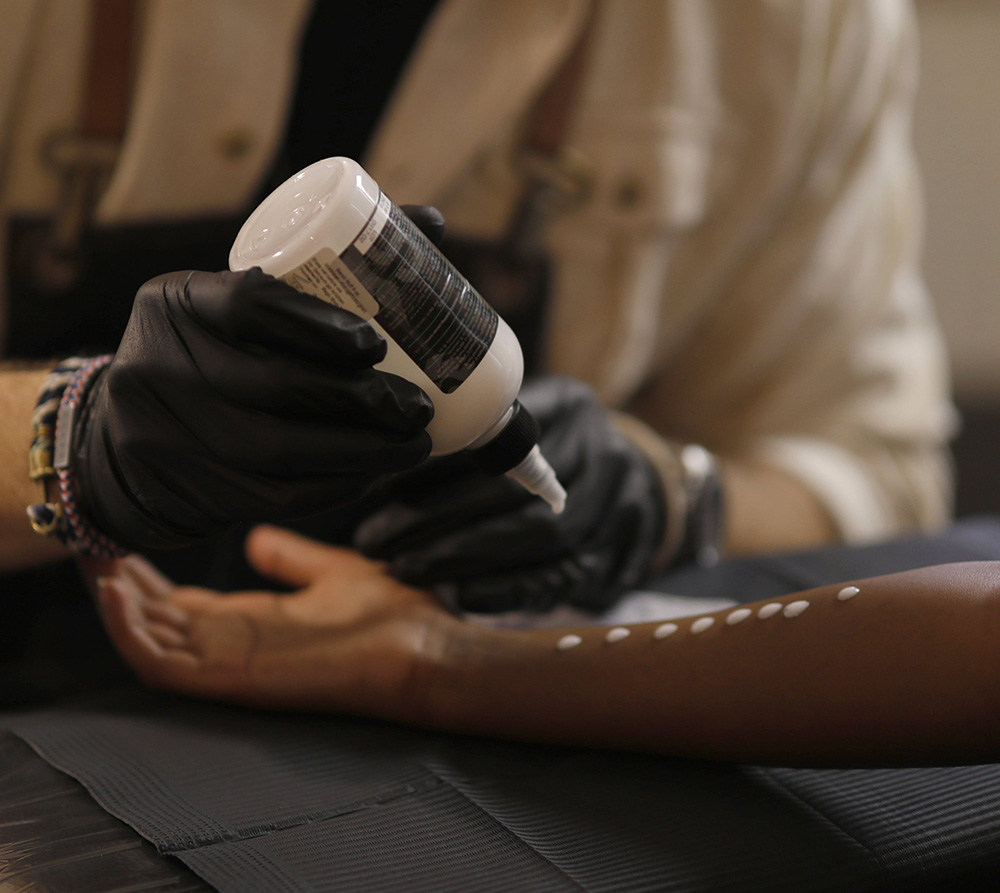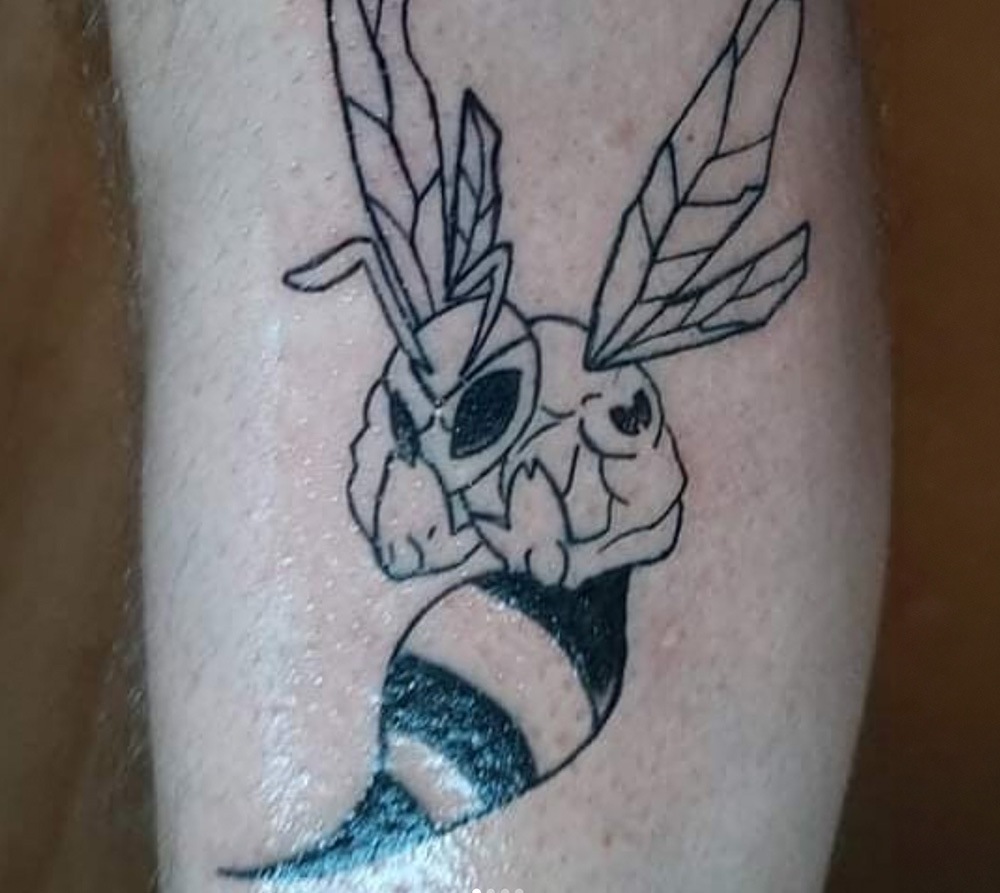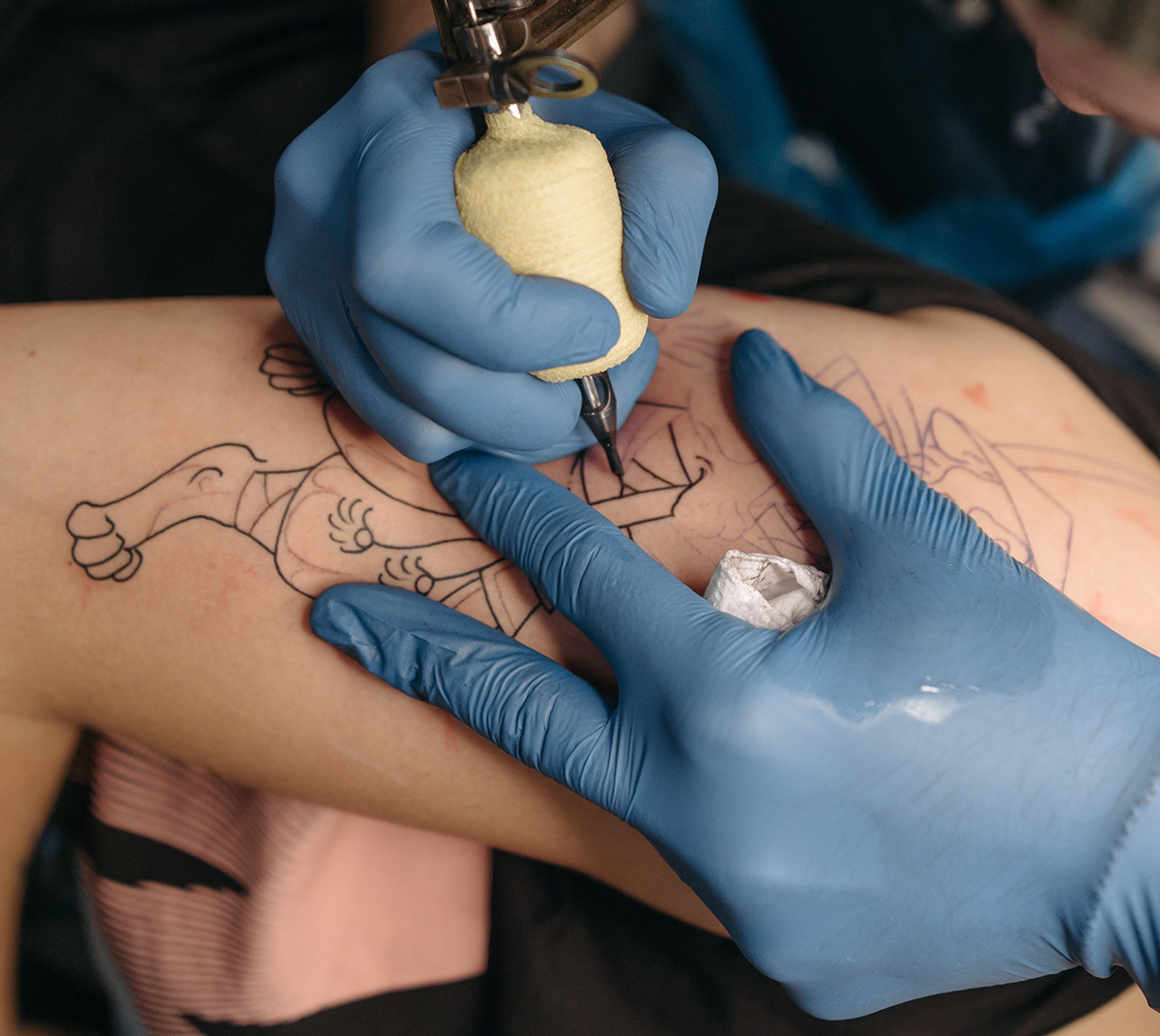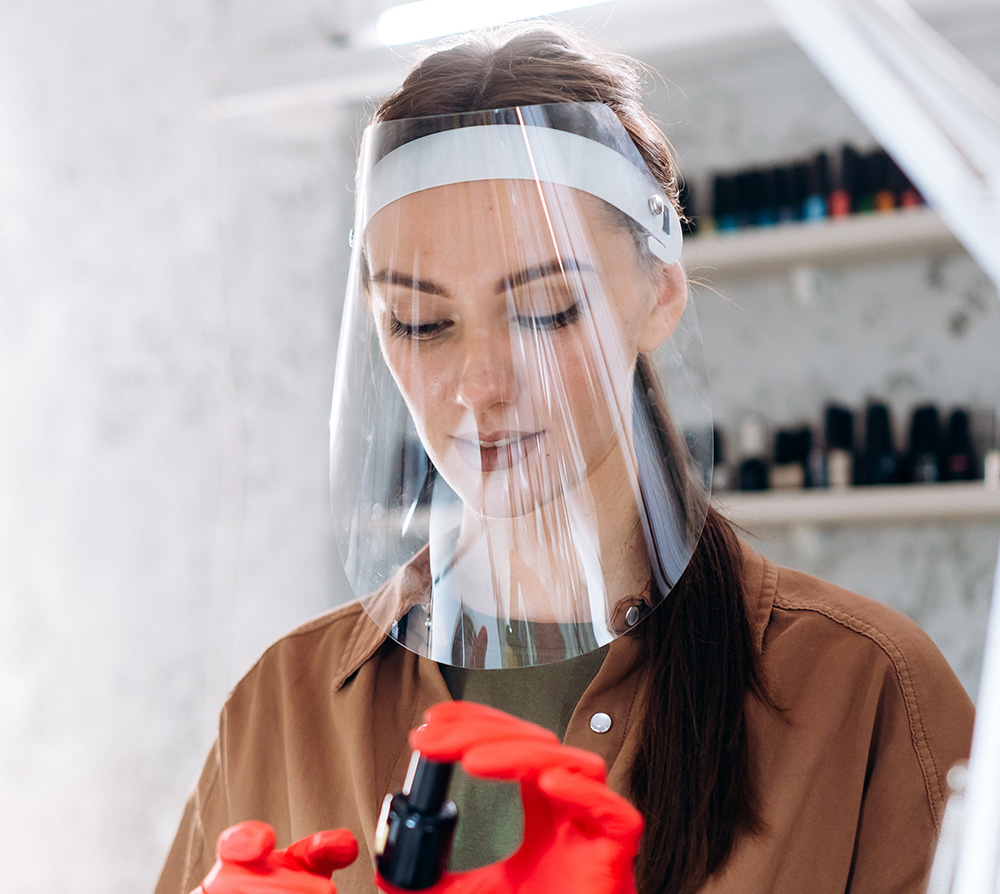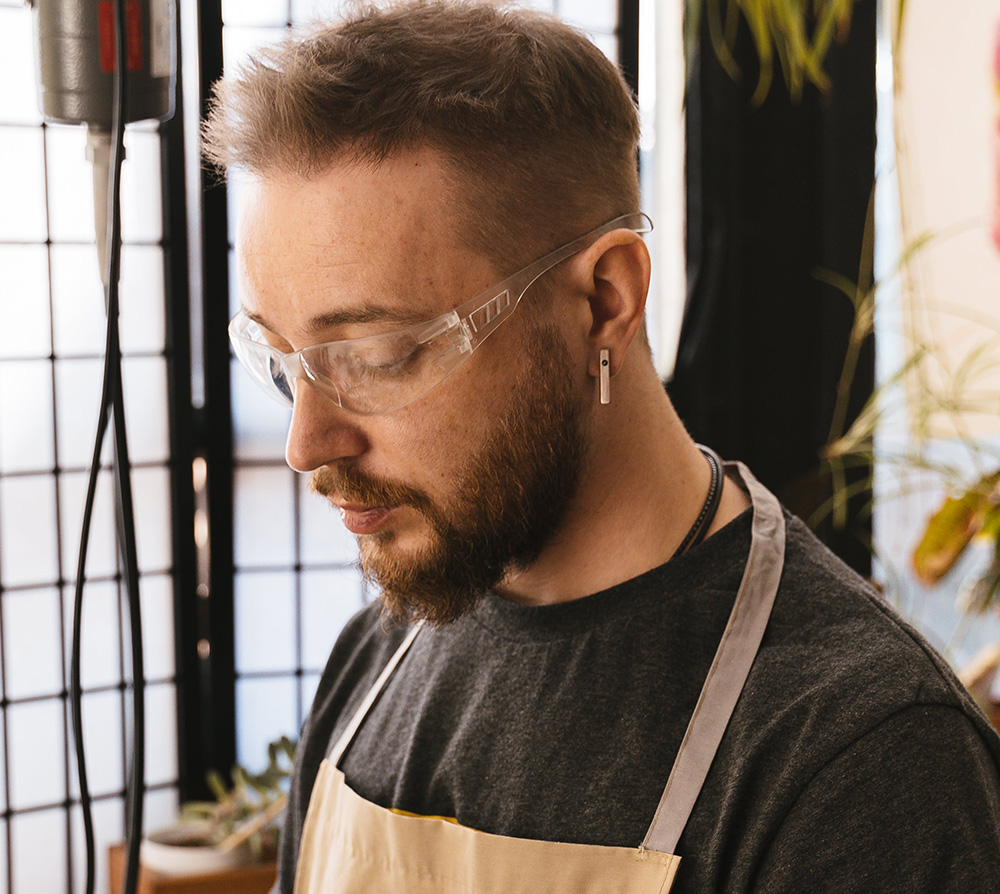Guide To Tattoo Needle Sizes and Uses
Choosing the right needles for your tattoo is crucial for getting that masterpiece on your skin. It's like picking the right brush for a painting. Here's the lowdown on the best needles for tattoos
How Do The Tattoo Needle Work?
Tattoo needles are attached to the tattoo machine, which moves them up and down. As they pierce your skin, they deposit ink in the dermis, the second layer of skin. It's like they're planting the seeds of your awesome tattoo!
4 Different Types of Tattoo Needles
Round Liner (RL)
These bad boys are perfect for outlining your design. They're like the architects of the tattoo world, laying down the structure.
Round Shader (RS)
When it's time to shade, RS needles step in. They fill in the blanks, adding depth and dimension to your masterpiece.
Flat Shader (FS)
FS needles are like the paintbrushes of the tattoo realm. They're excellent for large areas of shading and adding some smooth gradients.
Magnum (M1, M2, M3)
These needles are the all-arounders, suitable for both outlining and shading. They're like the multitool of the tattoo needle family.
1. Round Liner (RL)
RL needles typically come in configurations like 1RL, 3RL, 5RL, and so on. The "RL" stands for Round Liner, and the number indicates the grouping of needles in a round formation. The smaller the RL number, the finer the detail it can achieve. So, a 1RL is perfect for those intricate designs where every line matters, while a 5RL might be ideal for bolder outlines.
2. Round Shader (RS)
RS needles come in various configurations like 3RS, 5RS, 7RS, indicating the number of needles arranged in a round formation. The "RS" stands for Round Shader. RS needles are the go-to for shading. They're like the painters of the tattoo world, adding shadows and highlights to create a 3D effect. If you want your tattoo to pop, RS needles are your secret weapon.
Depth and Texture: What sets RS needles apart is their ability to create depth and texture. Whether it's a portrait, a floral design, or anything with intricate details, RS needles work their magic to make it visually captivating.
Smooth Gradients: If your tattoo design calls for smooth gradients, RS needles are the answer. They seamlessly blend different shades, giving your tattoo that polished, professional look. It's like using a soft brush to create a beautiful painting.
Versatility in Shading: RS needles are versatile. They're not just limited to shading; some artists use them for fine outlining as well. It's like having a tool that can handle both the broad strokes and the fine details.
Creating Nuances: From gentle fades to bolder shadows, RS needles allow artists to create nuances in the tattoo. It's the subtleties that make your ink truly exceptional, and RS needles are there to make it happen.
Artist's Technique: The technique matters. Tattoo artists often have their unique style, and their approach to using RS needles can vary. Some might prefer a lighter touch for a softer shade, while others may go for a more intense shading effect
3. Flat Shader (FS)
FS needles come in various configurations like 5FS, 7FS, 9FS, where the "FS" stands for Flat Shader. The number indicates the grouping of needles in a flat formation.
Perfect for Shading: FS needles are the masters of shading. If your tattoo design demands larger areas of shaded brilliance, FS needles are the answer. They work like paintbrushes, covering the canvas with finess
Creating Gradients: What sets FS needles apart is their ability to create smooth gradients. From light to dark, these needles seamlessly transition between shades, giving your tattoo that professional, polished look. It's like using a wide brush to blend colors in a painting.
Covering Larger Areas: If your tattoo involves broad strokes or larger sections, FS needles are your allies. They provide efficient coverage, making the shading process quicker and more effective.
Versatility in Shading: While their primary role is shading, FS needles can also handle some outlining tasks. It's like having a versatile tool that can switch between bold strokes and intricate details, depending on the artist's technique.
Texture and Dimension: FS needles contribute to the texture and dimension of your tattoo. Whether it's a portrait or a complex design, these needles add those subtle details that make your ink stand out.
Choosing the Right Size: The size of the FS needle matters. Smaller sizes, like 5FS, are great for detailed shading, while larger sizes, like 9FS, cover more significant areas. It all depends on the intricacy of your design.
4. Magnum (M1, M2, M3)
Magnum needles come in configurations like 5M1, 7M2, 9M3, where "M" stands for Magnum, and the number indicates the grouping of needles in a flat or stacked formation.
Versatility at Its Core: Magnums are the all-arounders. They're designed to handle both outlining and shading. M1 is more focused on finer lines and shading, M2 provides a bit more coverage, and M3 covers even broader strokes.
Perfect for Shading: Magnums shine in shading. If your tattoo design involves a mix of outlining and shading, these needles are the magic wand. They seamlessly transition from creating contours to adding depth and gradients.
Smooth Blending: The stacked configuration of Magnum needles allows for smooth blending of colors. Whether it's a portrait or a complex design requiring various shades, Magnums ensure a harmonious transition.
Efficiency in Covering Areas: If you're looking to cover larger areas efficiently, Magnums are your best bet. They offer a quicker shading process compared to single needles, making them a time-saving choice for some tattoo styles.
Balancing Act: The choice between M1, M2, or M3 depends on the balance you want in your tattoo. M1 is excellent for fine lines and detailed shading, M2 strikes a balance between finer lines and more coverage, while M3 covers broader strokes.
Textural Nuances: Magnums contribute to textural nuances in your tattoo. Whether it's a smooth transition between light and dark or creating a layered effect, these needles add that extra dimension.
Hygiene First: Single-Use Rule
Just like with any tattoo needle, hygiene is non-negotiable. Reusing needles is a big no-no. Tattoo artists use single-use, sterile needles for each client. It's all about safety and avoiding any unwanted hitchhikers. sterile RS needles for your safety and a clean tattooing process.
Conclusion
Lastly, different tattoo artists may have preferences based on their style and technique. It's like a chef choosing their favorite knife – they know what works best for their art. In a nutshell, the best needles depend on your tattoo design and the effect you're aiming for.
